Four writers. The largest volcanic eruption in recorded history. A remote villa on Lake Geneva. This may sound like the beginnings of a murder mystery, but it’s a true story: the story of Lord Byron, John Polidori, Percy Shelley, and Mary Shelley.
The Year Without Summer
Following the dust plume created by the 1815 eruption of Indonesia’s Mount Tambora, 1816 became known as ‘The Year Without a Summer’. Stranded in Villa Diodati, a mansion in the village of Cologny (oh how they suffered…), these four writers soon succumbed to boredom.
Late one evening, Lord Byron proposed a task. To write a ghost story more terrifying than the ones they’d been reading to pass long days shut inside. The nineteen-year-old Mary Shelley was stumped. Till, one fateful night, she had a vision of the figure which would soon become the horrifying monster of Victor Frankenstein:
“I saw the pale student of unhallowed arts kneeling beside the thing he had put together. I saw the hideous phantasm of a man stretched out, and then, on the working of some powerful engine, show signs of life, and stir with an uneasy, half vital motion.”
The Life and Letters of Mary Wollstonecraft Shelley
What is a Monster?
This unnamed creature, though a ‘man’, is not human. Etymologically, ‘human’ comes from the Latin ‘homo‘, which means ‘human male’. Alternatively, the word can also be traced back to the Indo-European ‘gomen‘, meaning ‘earth’.
By contrast, the word ‘monster’ developed from two Latin terms. The first is ‘monstrum‘, meaning ‘unearthly thing’, and the second is ‘monere’, ‘to warn’. The latter of these stems from the Indo-European word ‘men‘: ‘to think’. This verb is the root of ‘monster’ through one of its verb forms, to cause to think: ‘moneo’. Therefore, a monster is something that causes you to think.
The Modern Prometheus
The complete title of Shelley’s novel is: ‘Frankenstein, or the Modern Prometheus’. In Greek mythology, Prometheus helped to create man and is depicted as molding a human figure from clay. Prometheus feels a responsibility for the being he has made, and so provides man with fire.
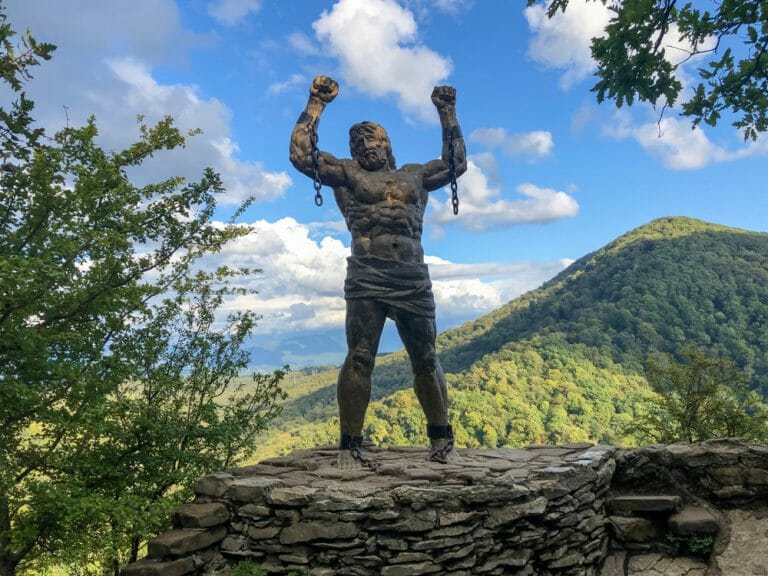
Disgraced by Prometheus’ actions, Zeus chains him to a rock and condemns him to a life in which an eagle pecks out his liver each day, only for it to grow back every night. In her allusion to this story, Shelley draws a comparison between the two makers. Prometheus, who suffers because he cares for his creation, and Victor Frankenstein, who suffers because he abandons his creature.
Mary and Motherhood
If we look at the biography of Mary Shelley, this idea of creation is particularly prevalent. After she fell pregnant at just sixteen, Shelley’s firstborn tragically died at just three weeks old, before Shelley even had the chance to name her. On Sunday, 19th March, Shelley writes in her diary that she would:
“Dream that my little baby came to life again; that it had only been cold, and that we rubbed it before the fire, and it lived.”
The Life and Letters of Mary Wollstonecraft Shelley
We see Shelley’s grief for her dead child make itself manifest in the text of Frankenstein as Victor’s monster comes to life. Frankenstein looks at ‘the lifeless thing’ he has created and flees. Left alone in the world, the creature proclaims: “I, the miserable and the abandoned, am an abortion”.
Mary Shelley did not only experience the loss of a child. She also lost her own mother, Mary Wollstonecraft, when she was just days old. On August 30th, 1797, Wollstonecraft wrote: “I have no doubt of seeing the animal today”. Shelley uses this reference to her unborn child as ‘the animal’ in Frankenstein. Yet, rather than referring to a child, Victor uses it to describe his monster.
Throughout the tale, the monster, which comes to consciousness after ‘days and nights of incredible labor and fatigue’, mirrors a human infant. Frankenstein’s monster is, at least physically, fully developed. However, intellectually, the creature is a tabula rasa, or ‘blank slate’.
The monster hides beside a cabin, and learns language by listening to the inhabitants speak through a hole in the wall. Upon recognizing his reflection, the creature exclaims: “How was I terrified when I viewed myself in a transparent pool!”
Frankenstein and Milton’s Paradise Lost
In order to prove himself worthy to his creator, Frankenstein’s monster takes to book learning. One of these texts is Milton’s Paradise Lost, from which Shelley also takes the epigraph of her novel:
“Did I request thee, maker, from my clay, to mould me man, did I solicit thee from darkness to promote me”
Shelley, Mary. Frankenstein.
In Paradise Lost, Milton’s tale of Adam and Eve’s fall from God’s Grace, it is Eve who finds her reflection in a pool of water.
‘[…] to look into the clear
Milton, John. Paradise Lost.
Smooth lake, that to me seemed another sky.
As I bent down to look, just opposite
A shape within the watery gleam appeared’
In Paradise Lost, it is this intellectual consciousness that precedes the act of Original Sin committed by Adam and Eve. Enticed by the serpent’s promise of knowledge, Adam and Eve fall from Grace because they wish to be “as Gods, / Knowing both Good and Evil as they know”.
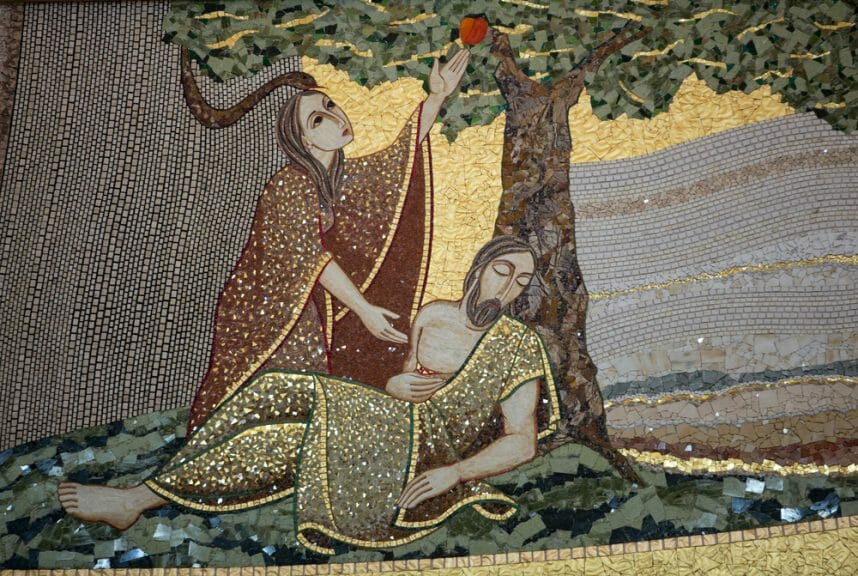
Through allusions to Milton’s Paradise Lost, Shelley raises the question of responsibility. It is not only the creation but also the creator, who must face the repercussions of misdeeds. Frankenstein’s monster, rejected by his maker, is eventually driven to anger and seeks revenge:
“I am thy creature; I ought to be thy Adam; but I am rather the fallen angel, whom thou drivest from joy for no misdeed.”
Shelley, Mary. Frankenstein
Throughout Shelley’s narrative, the monster commits three murders: Victor Frankenstein’s little brother William, his best friend Henry, and his wife Elizabeth. Ultimately, the monster is not held responsible for these crimes, and though Victor Frankenstein is initially framed for the murder of Henry, these charges are dropped.
Frankenstein AI
In the modern age of biotechnology and artificial intelligence, these hypothetical questions are becoming our reality. In 2018, Rachel Ginsburg’s ‘Frankenstein AI’ was shown at the Sundance Film Festival. Through her art, Ginsburg recasts Frankenstein’s monster as an emotionally aware and highly intelligent life form, as shown in this video.
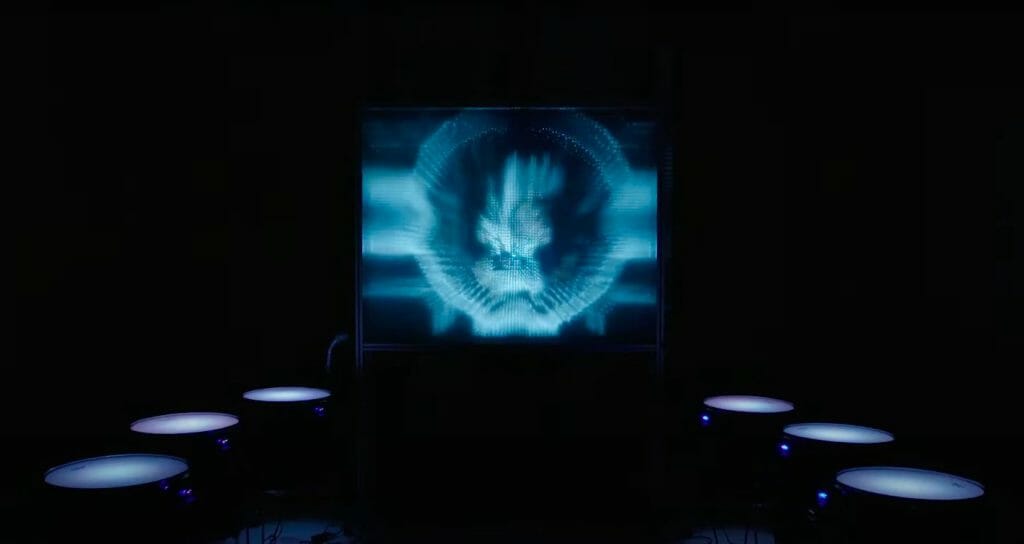
Ginsburg exemplifies how a being that is created by humanity learns to reciprocate human emotions. It proves to be a mirror to humanity as it gathers more information. Hence, who is responsible for its actions? The creation or the creator?
Frankenstein: A Monster on Trial
Legally, a robot can be seen as an ‘unnatural person’ in the same way that a corporation such as Microsoft or Nike is. If these corporations commit a crime, they can be held responsible for an act for which the individual members are not charged. In the same manner that a company can be fined, have its license revoked, or be monitored, the acts of an artificial being can be modified and rehabilitated.
On the 30th of August 2023, Mary Shelley will be 226 years old. Two centuries after her birth, there have been recent biotechnological advancements that are not too far away from Shelley’s Frankenstienian nightmare.
Frankensteins of The Future
In January 2023, the MIT Technology Review published an article outlining 10 breakthrough technologies. One of these is organ engineering. Though still in its early stages, researchers are exploring how to engineer human tissue. From 3D printing to cultivating stem cell ‘organoids’, the future of biotechnology is something Mary Shelley could hardly dreamt of.
With its ethical debates on creation, expertly woven literary allusions, and compelling storyline, Shelley’s Frankenstein is worthy of all its acclaim. So, if you ever happen to be bored in a remote villa on Lake Geneva, Frankenstein is a novel that would certainly help pass the time!


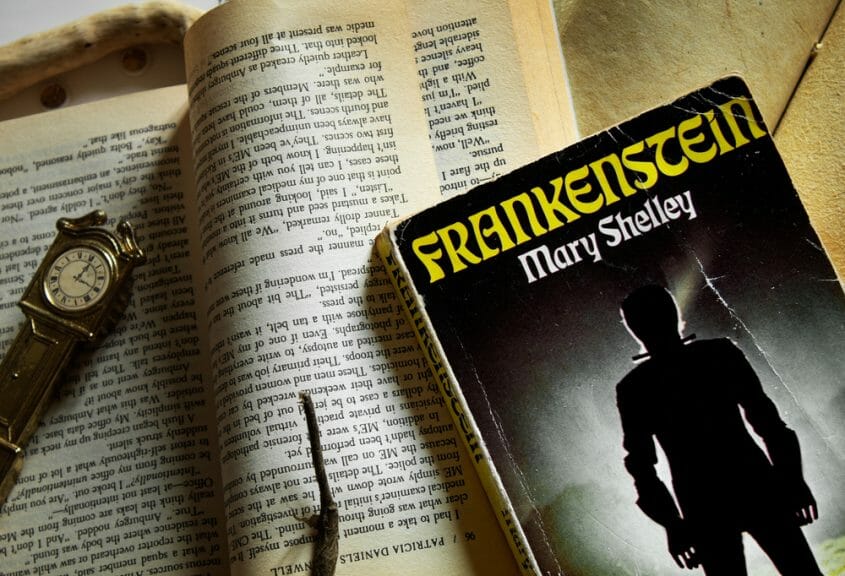








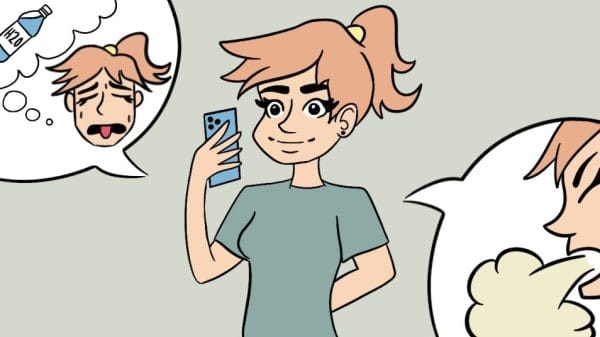



Tim
September 3, 2023 at 7:44 pm
Really great read thoroughly enjoyed some of the points you made.